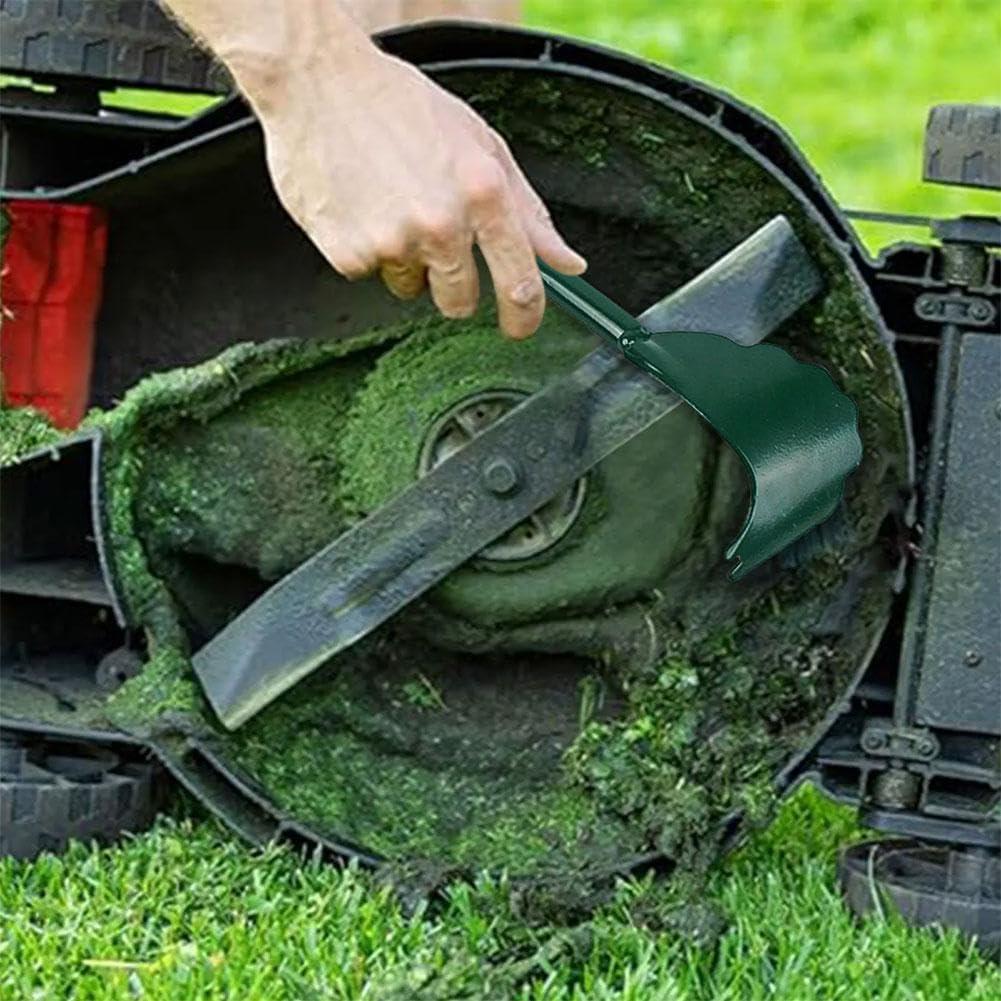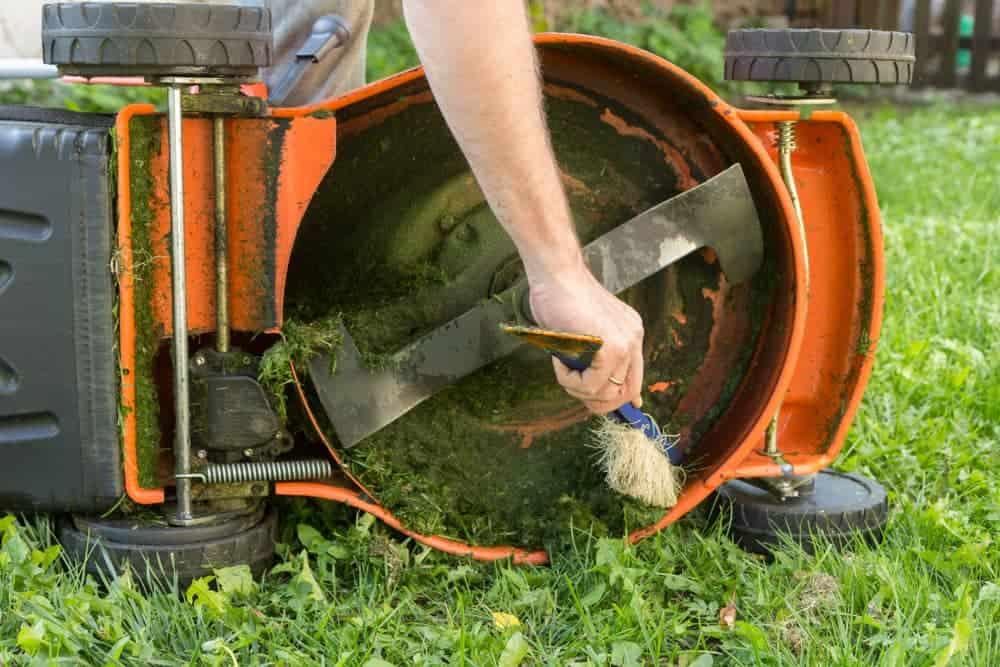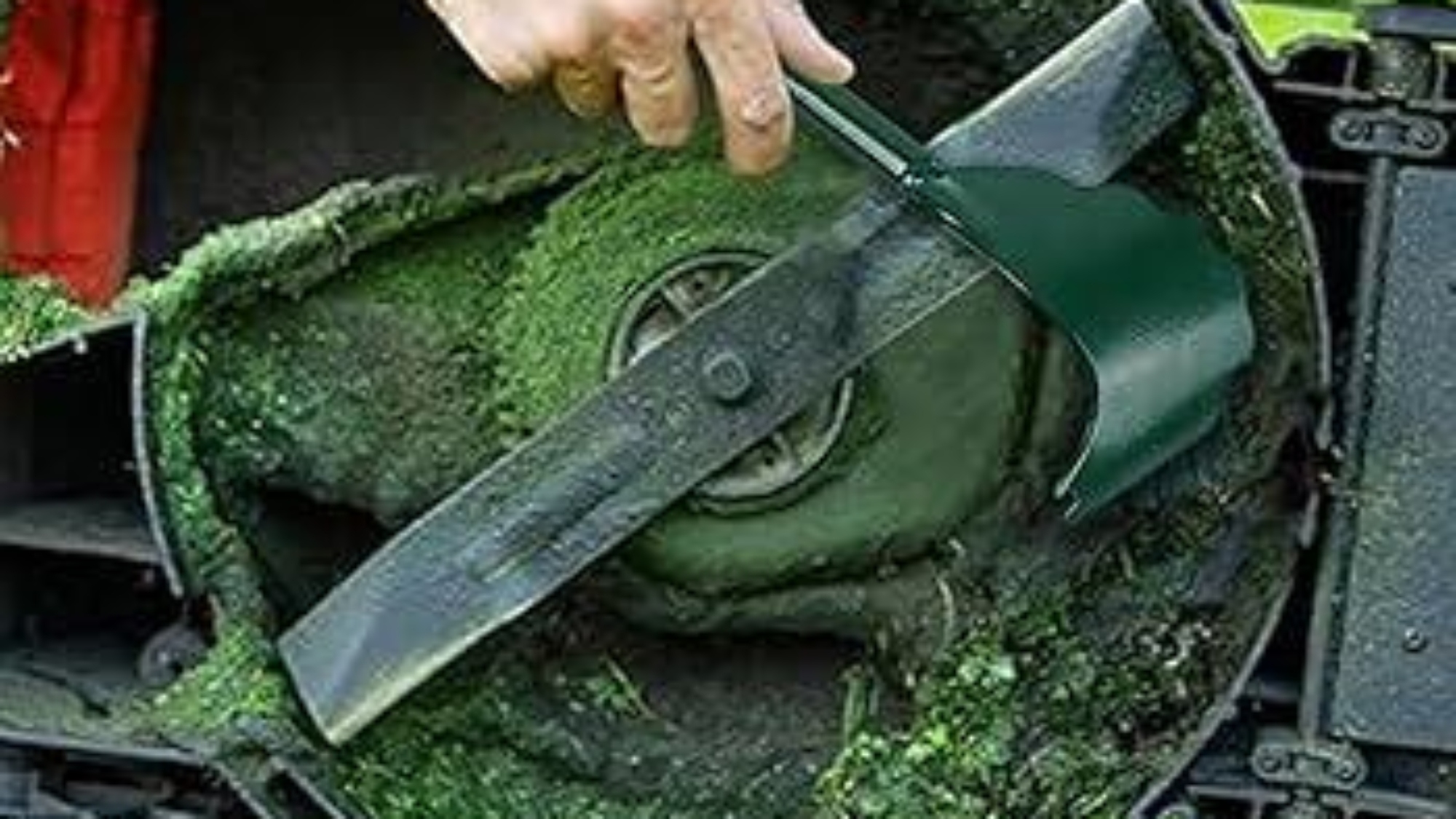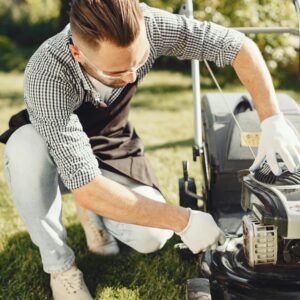A well-tended lawn is a source of pride and relaxation, but keeping your outdoor equipment in prime condition is just as important as the care you give your grass. Whether it’s the trusty lawnmower, the buzzing trimmer, or the diligent blower, regular cleaning of your lawn equipment not only ensures peak performance but also extends their lifespan. In this article, we’ll explore practical and effective methods to clean your tools, helping you protect your investment and keep your yard looking its best season after season.

Essential Tools and Supplies for Effective Lawn Equipment Cleaning
Maintaining the integrity of your lawn equipment starts with having the right cleaning arsenal at your disposal. Essential supplies include a sturdy wire brush for dislodging stubborn grass and dirt, and a high-quality garden hose or pressure washer to thoroughly rinse away residues without damaging delicate parts. Don’t overlook the power of mild detergents or specialized lawn mower cleaners that break down grease without causing corrosion. A pair of gloves and safety goggles is a must-have to protect your hands and eyes during the cleaning process.
In addition to the basics, equipping yourself with a detailed set of tools can make a significant difference in effectiveness. Microfiber cloths and small brushes help reach tight spaces and blade edges, while a plastic scraper can safely remove gunk without scratching the metal surface. To keep your operation organized, consider a compact cleaning kit container where all your supplies are neatly stored for easy access every time you perform maintenance. Here’s a quick overview of must-have tools:
- Wire brush: For tough, stuck-on debris.
- Garden hose or pressure washer: For a thorough rinse.
- Mild detergent or specialized cleaner: To dissolve grease and grime.
- Gloves and safety goggles: Personal protection gear.
- Microfiber cloths & small brushes: For detailed cleaning.
- Plastic scraper: To safely remove buildup.
Step-by-Step Guide to Removing Grass Clippings and Debris
Begin by safely disconnecting your lawn equipment from any power source. Use a stiff-bristled brush or a plastic scraper to gently lift and remove grass clippings embedded around the blades, vents, and deck. For tight spots, a toothbrush or compressed air can be invaluable tools that reach where hands cannot. Don’t forget your safety gloves-handling sharp blades amid debris demands caution.
Once the bulk of debris is cleared, grab a damp cloth with a mild detergent solution to wipe down surfaces, preventing buildup of sap and dirt that accelerate rusting. Here’s a quick checklist to make this process effortless:
- Disconnect power and secure equipment
- Scrape off clumps of grass with a plastic scraper
- Brush tight areas with a stiff-bristled brush or toothbrush
- Use compressed air for hard-to-reach places
- Wipe surfaces with a damp cloth and mild detergent
Best Practices for Lubricating Moving Parts and Preventing Rust
Keeping your lawn equipment running smoothly hinges on the careful attention you give to its moving parts. Start by using a high-quality lubricant designed specifically for garden tools and machinery-this prevents wear and tear from friction, extending the life of gears, chains, and bearings. Before lubricating, always clean the parts thoroughly to remove dirt or debris, which can interfere with the oil’s effectiveness. Apply the lubricant sparingly but evenly, allowing it to penetrate into tight spaces without attracting excess dust or grit.
Rust is the silent enemy of outdoor tools, and prevention is better than cure. After each cleaning session, dry your equipment completely to avoid moisture buildup, especially on metal surfaces. Storing tools in a dry, covered area reduces exposure to humidity, but applying a protective coating like a rust-resistant spray or a thin layer of oil offers an extra shield. To ensure ongoing protection, establish a routine check-up schedule, inspecting for early signs of corrosion and addressing them promptly.
| Lubricant Type | Recommended Use | Rust Prevention |
|---|---|---|
| Multipurpose Oil | Chains, small gears | Moderate protection |
| Silicone Spray | Plastic parts, hinges | Good water repellency |
| WD-40 Specialist | Heavy-duty metal parts | Excellent rust inhibition |

Safe Storage Tips to Maintain Performance and Extend Equipment Life
Storing your lawn equipment properly is a crucial step to keep it running smoothly through the seasons. First, make sure to clean off any dirt, grass clippings, and moisture to prevent rust and corrosion. Store tools and machines in a dry, sheltered spot away from direct sunlight and harsh weather conditions. Consider using protective covers or racks to keep them off the ground, reducing exposure to moisture and pests. For fuel-powered equipment, always drain or stabilize the fuel to avoid gumming up the engine components.
For optimal maintenance, follow these practical storage tips:
- Remove batteries and store them separately in a cool, dry place.
- Lubricate moving parts to prevent stiffness and wear.
- Keep blades sharpened and safely stored to avoid accidents.
- Check oil levels and replace fluids if necessary before storing.
| Equipment Type | Storage Recommendation | Protection Method |
|---|---|---|
| Lawn Mowers | Clean, dry garage shelf | Weatherproof cover |
| String Trimmers | Wall-mounted rack | Battery removal |
| Leaf Blowers | Dry toolbox or cabinet | Drain fuel |
Key Takeaways
In the end, treating your lawn equipment with a little regular care isn’t just about keeping things tidy-it’s an investment in your tools’ future. A clean mower or trimmer runs smoother, lasts longer, and saves you money down the line. By making these simple cleaning habits part of your routine, you’re giving your gear the best chance to stand up to every season’s demands. So, roll up your sleeves, embrace the cleaning process, and watch your lawn equipment thrive year after year. Your garden-and your wallet-will thank you.


